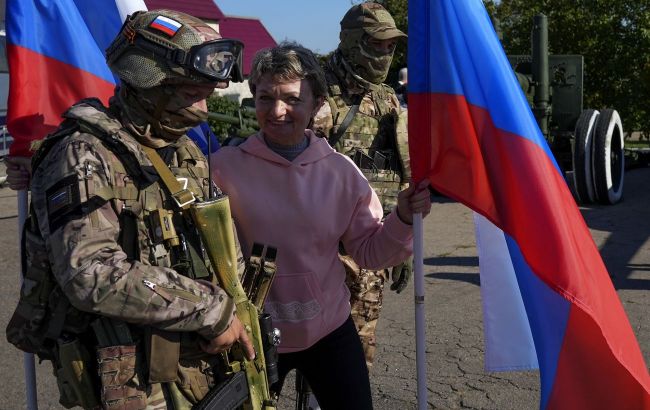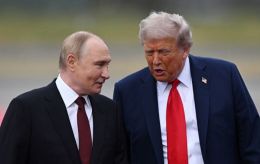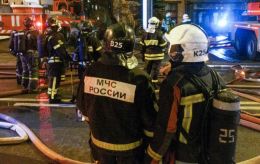Russia spreads fake news about NATO preparing to blockade Kaliningrad
 Russian propaganda spreads fake claims of a NATO attack on Russia (Photo: Getty Images)
Russian propaganda spreads fake claims of a NATO attack on Russia (Photo: Getty Images)
Russian propaganda continues a campaign spreading disinformation about NATO preparing to attack Russia, according to the Center for Countering Disinformation (CCD) of the NSDC.
Russian media are actively promoting an interview with Russian Deputy Foreign Minister Alexander Grushko, in which he claims that NATO is practicing a scenario to block the Kaliningrad region while simultaneously reinforcing the region with troops and equipment.
The CCD calls this a typical Kremlin manipulation. Measures taken by NATO to strengthen the defense of its member states in response to repeated Russian provocations and threats of force against the Baltics, Poland, Finland, and other Alliance members are being falsely portrayed as preparations for an attack on Russia.
“By spreading such manipulations, the Kremlin is trying to justify Russia’s aggressive policies, create an illusion of a ‘Western threat’ among Russians, and foster a sense of a ‘besieged fortress,’” analysts at the CCD explain.
The Center believes the true goal of this propaganda is further militarization of Russia and justification for a potential war with NATO countries.
Other Russian propaganda fakes
Earlier, RBC-Ukraine, citing the CCD, reported that Russian propaganda spreads claims about NATO allegedly preparing to participate in a war against Russia.
Kremlin outlets circulate statements from Russia’s foreign intelligence service claiming that French troops are deploying in Poland and add reports about a growing NATO presence in Romania and the Baltics, allegedly on the verge of escalation. In reality, these are planned and publicly announced exercises by NATO allies, the CCD notes.
Russians also spread fakes about so-called pro-Russian rallies in Ukraine, where Ukrainians allegedly protest the continuation of the war and call on Russia for help.
The CCD explained that to create such fakes, real footage from past protests in Ukraine is used, some over ten years old, with new audio added featuring calls for Russian assistance.

